Lostwithiel - Rich layer of town's history
Lostwithiel once one of the most important towns in Cornwall and its effective capital, but now with a parish population of just some 3,000. But what a historic heritage it has, right up there in the top tier of historic Cornish towns, something to be rightly proud of.
Although there were undoubtedly habitation during Neolithic and from the Bronze Age onwards, including a pre-Roman fort to the north of the current town, Lostwithiel’s recorded history began following the Norman invasion. The name Lostwithiel according to leading authority on place names Dr Oliver Padel comes from the Cornish words gwydhyel relating to forest added to lost meaning tail of the forest. Lostwithiel’s position just below the tidal limit of the River Fowey helped make it a centre of communication between several communities.
Restormel Castle, overlooking Lostwithiel was believed to have been built by Baldwin Fitz Turstin c.1100 as a timber motte and bailey castle. Baldwin and his later descendants the Cardinans held Lostwithiel as tenants from the Earls of Cornwall. Later Robert de Cardinham (c1145-1186) reconstructed in stone much of the castle’s walls and gatehouse as well as establishing the settlement of Lostwithiel. Under his son, also Robert, by 1189 Lostwithiel had a market and later charters would follow establishing it as a borough and a port. With ships being able to reach Lostwithiel via the River Fowey this helped it become established as a major trading town. There was a second borough recorded adjacent to Lostwithiel named Penknight, which had a sudden and short-lived existence, and they would ultimately be combined under the authority of the Earls of Cornwall.
Lostwithiel re-joined the Earldom of Cornwall under Earl Richard who took it back from Isolda de Tracy daughter of Andrew de Cardinham last of that line in 1268. Now firstly under Richard and then his son Edmund, Lostwithiel would grow and under the earls become an important town. Richard, brother to Henry III understood business and would become the wealthiest man in England mainly through Cornish tin, he appreciated the position of Lostwithiel as a trading centre and port. Originally Lostwithiel would not have been a place to bridge or ford the river this would have been further up near Restormel Castle, the river being too wide, and the riverbanks would have been used to load and unload ships. Close to the tin mining around Bodmin it would have besides tin also traded in other commodities and certainly hides would have been important. This is shown by the local chapel being dedicated to St Bartholomew patron saint of tanners.
Richard immediately issued a charter extending the rights of freemen and merchants, however Richard died in 1272 and it was left to his son Edmund the next Earl of Cornwall to carry Richard’s plans forward. Of course, the land adjacent to the town that came with Richards acquisition was importantly the largest deer park in Cornwall. This helped satisfy the aristocratic interest in hunting and later Edmund would add to this land further. In 1268 Richard had also transferred the County Courts to Lostwithiel from Launceston and was obviously his plans to centralise administration in Lostwithiel. Edmund started numerous building works from the 1280’s and this included the Church of St Bartholomew, although the tower may be from the original chapel. The church in Lostwithiel is talked of as being of outstanding quality by a number of church historians and architects and the spire referred to as a truly unique work. The church is also one of the largest in Cornwall and reflects the patronage of the Earl’s of Cornwall.
Lostwithiel has a wonderful 15th century bridge. There may have been an earlier bridge here, but only first mentioned in 1280 before being rebuilt as documented in 1437. The other medieval building of great importance to Lostwithiel and Cornwall is the Duchy Palace also known as the Stannary Palace. The site began to be acquired from 1291 and is situated on a prime central location, other land was purchased, and the building completed by 1296. Cellars and storage were included and later shops around the great hall. It is one of the largest medieval secular buildings in Britain, other than Royal Palaces, the total area exceeding two acres. It would be used as the administrative centre of the later established Duchy, the county court and an administrative centre for the tin trade.
In terms of trade Lostwithiel was included with other settlements along the river in what was referred to as the port of Fawi. This was extensive and over the next hundred years or so included imports of wine, salt, garlic, iron, cheese, cloth and a variety of other products. Of course, the main and most profitable export was tin. However, as a port Lostwithiel’s days were numbered, as the river gradually silted up mainly due to mining upriver but was further exacerbated by the rebuilding of the bridge in 1437. As it was Lostwithiel had ceased to be a deep-water port by 1400 and was only reachable by barge. Fowey had been granted a market in 1313 and was a growing port and took over the larger trade produce.
In 1338 the earldom of Cornwall was raised to a duchy, which provides Cornwall with special status. Edward, the Black Prince, as first Duke of Cornwall renovated Restormel Castle and improved much of the town. There were a number of issues that affected Lostwithiel as much of the country with the coming of the Black Death in the 14th century and the civil war that caused much destruction during the 17th century. Lostwithiel’s importance continued in the political arena for some time, with a number of high-profile Cornish family members as MP’s. Lostwithiel was classed as a rotten borough returning 2 MP’s to parliament, those were the days before the Great Reform Act of 1832 after which Lostwithiel lost both its MP’s and the constituency was abolished. In other areas of commerce as time moved on Lostwithiel gradually lost further influence and business to rising towns, such as Truro that were also involved in tin coinage.
Before the loss of commercial and political patronage during the 19th century, the 18th century had seen the construction of buildings that would prove a lasting legacy for Lostwithiel. The Guildhall, c.1740 where Lostwithiel’s Museum is now located. Edgcumbe House c.1750, what is now known as the Old Debtors Prison c.1751, Market House c.1781, substantial houses in North Street and other dwellings, many now retail outlets, in Fore Street and Queens Street. Many merchants built individual houses including Norway House c.1780.
The coming of the railway to Cornwall in 1859 and the construction of the Lostwithiel-Fowey line were beneficial to Lostwithiel as it created employment on the railway lines and in the railway workshops. Ultimately as elsewhere the line would decline in importance into the 20th century.
A historic town such as Lostwithiel contains many layers of history, its rapid rise under the earls of Cornwall and then its medieval importance followed by a gradual decline an article such as this can only scratch the surface. However, it will perhaps encourage readers to visit Lostwithiel and view it with open eyes, interest and consideration as part of Cornwall’s wonderful historic legacy.
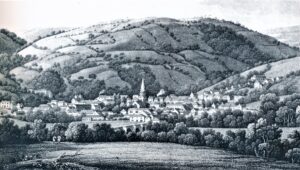
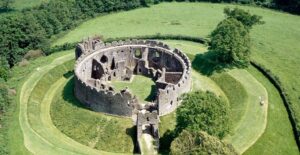
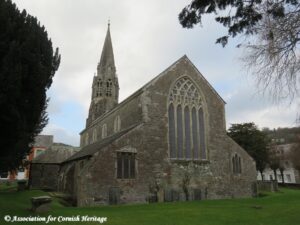
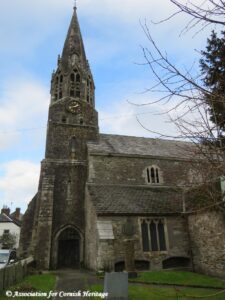
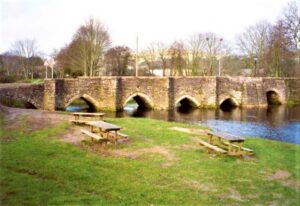
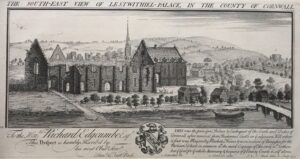
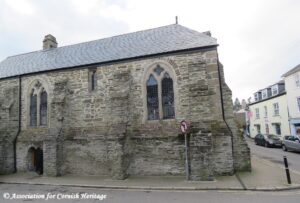
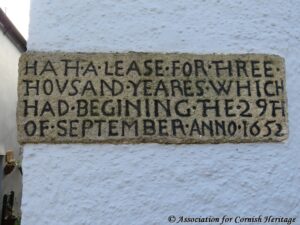
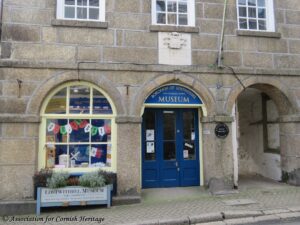
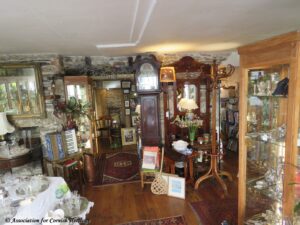
![[18] Voice - Ertach Kernow-281020A - Lostwithiel [S] Ertach Kernow - Lostwithiel, Rich layer of town's history](https://www.cornwallheritage.com/wp-content/uploads/2020/10/18-Voice-Ertach-Kernow-281020A-Lostwithiel-S-231x300.jpg)
![[18] Voice - Ertach Kernow-281020B - Lostwithiel [S] Ertach Kernow - Lostwithiel, Rich layer of town's history](https://www.cornwallheritage.com/wp-content/uploads/2020/11/18-Voice-Ertach-Kernow-281020B-Lostwithiel-S-229x300.jpg)